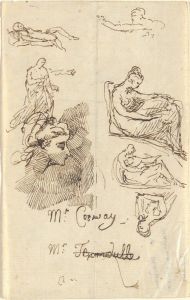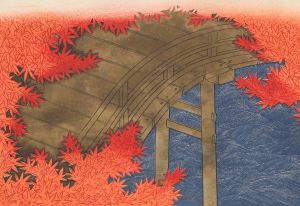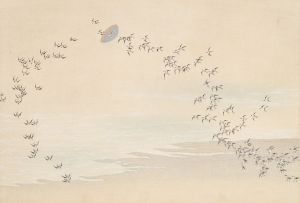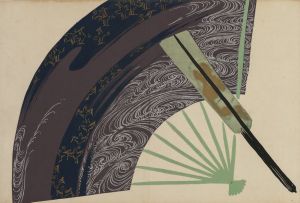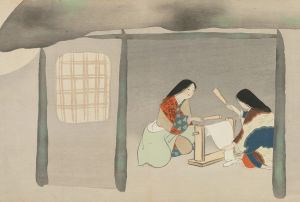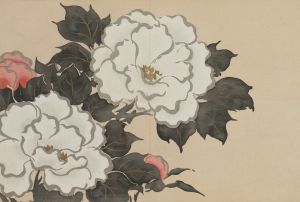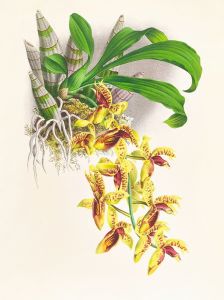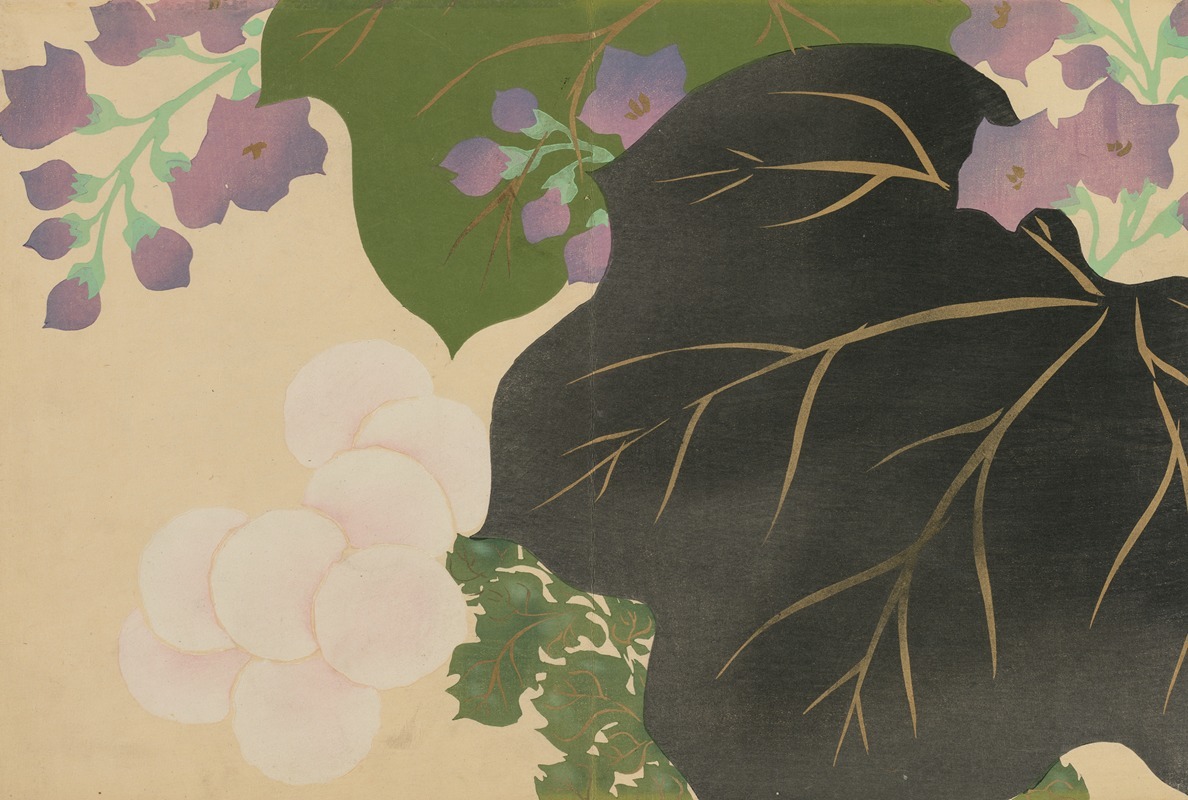
Chrysanthemum and Paulownia
A hand-painted replica of Kamisaka Sekka’s masterpiece Chrysanthemum and Paulownia, meticulously crafted by professional artists to capture the true essence of the original. Each piece is created with museum-quality canvas and rare mineral pigments, carefully painted by experienced artists with delicate brushstrokes and rich, layered colors to perfectly recreate the texture of the original artwork. Unlike machine-printed reproductions, this hand-painted version brings the painting to life, infused with the artist’s emotions and skill in every stroke. Whether for personal collection or home decoration, it instantly elevates the artistic atmosphere of any space.
Kamisaka Sekka (1866–1942) was a prominent Japanese artist and designer, renowned for his contributions to the Rinpa school of painting. His work, "Chrysanthemum and Paulownia," is a notable example of his artistic style, which blends traditional Japanese aesthetics with modern influences. Sekka's art is characterized by its vibrant use of color, bold compositions, and the incorporation of both natural and geometric forms.
"Chrysanthemum and Paulownia" reflects Sekka's mastery in capturing the essence of nature through his unique artistic lens. The chrysanthemum and paulownia are both significant motifs in Japanese culture. The chrysanthemum, or "kiku" in Japanese, is a symbol of the imperial family and is often associated with longevity and rejuvenation. The paulownia, known as "kiri," is a tree that holds cultural significance as well, often linked to auspiciousness and used in the emblem of the Japanese government.
Sekka's work is deeply rooted in the Rinpa tradition, which originated in the early 17th century and is known for its emphasis on natural themes, decorative qualities, and the use of vibrant colors. The Rinpa school often employed techniques such as tarashikomi, where colors are pooled and blended on wet surfaces, and mokkotsu, or "boneless" painting, which omits outlines to create a more fluid and natural appearance. Sekka, however, brought his own modern sensibilities to these traditional techniques, resulting in a fresh and innovative approach to Rinpa art.
In "Chrysanthemum and Paulownia," Sekka utilizes a harmonious color palette and dynamic composition to create a sense of movement and life. The painting likely features the chrysanthemum and paulownia in a stylized manner, emphasizing their forms and colors rather than realistic depiction. This approach allows viewers to appreciate the beauty of these plants in an abstract and decorative context, aligning with the Rinpa school's focus on aesthetics and design.
Sekka's influence extended beyond painting; he was also involved in various forms of design, including textiles, ceramics, and lacquerware. His work played a significant role in the development of modern Japanese art and design, bridging the gap between traditional Japanese art forms and contemporary aesthetics. Sekka's ability to adapt traditional motifs and techniques to suit modern tastes made him a pivotal figure in the Meiji and Taisho periods, a time when Japan was rapidly modernizing and opening up to Western influences.
"Chrysanthemum and Paulownia" exemplifies Sekka's artistic philosophy, where the past and present coexist harmoniously. His work continues to be celebrated for its beauty, innovation, and contribution to the evolution of Japanese art. Sekka's legacy is evident in the continued appreciation and study of his work, both in Japan and internationally, as scholars and art enthusiasts explore the depth and significance of his contributions to the art world.
In summary, Kamisaka Sekka's "Chrysanthemum and Paulownia" is a testament to his skill and vision as an artist. Through his innovative approach to traditional Japanese art, Sekka created works that resonate with timeless beauty and cultural significance, ensuring his place as a key figure in the history of Japanese art.






